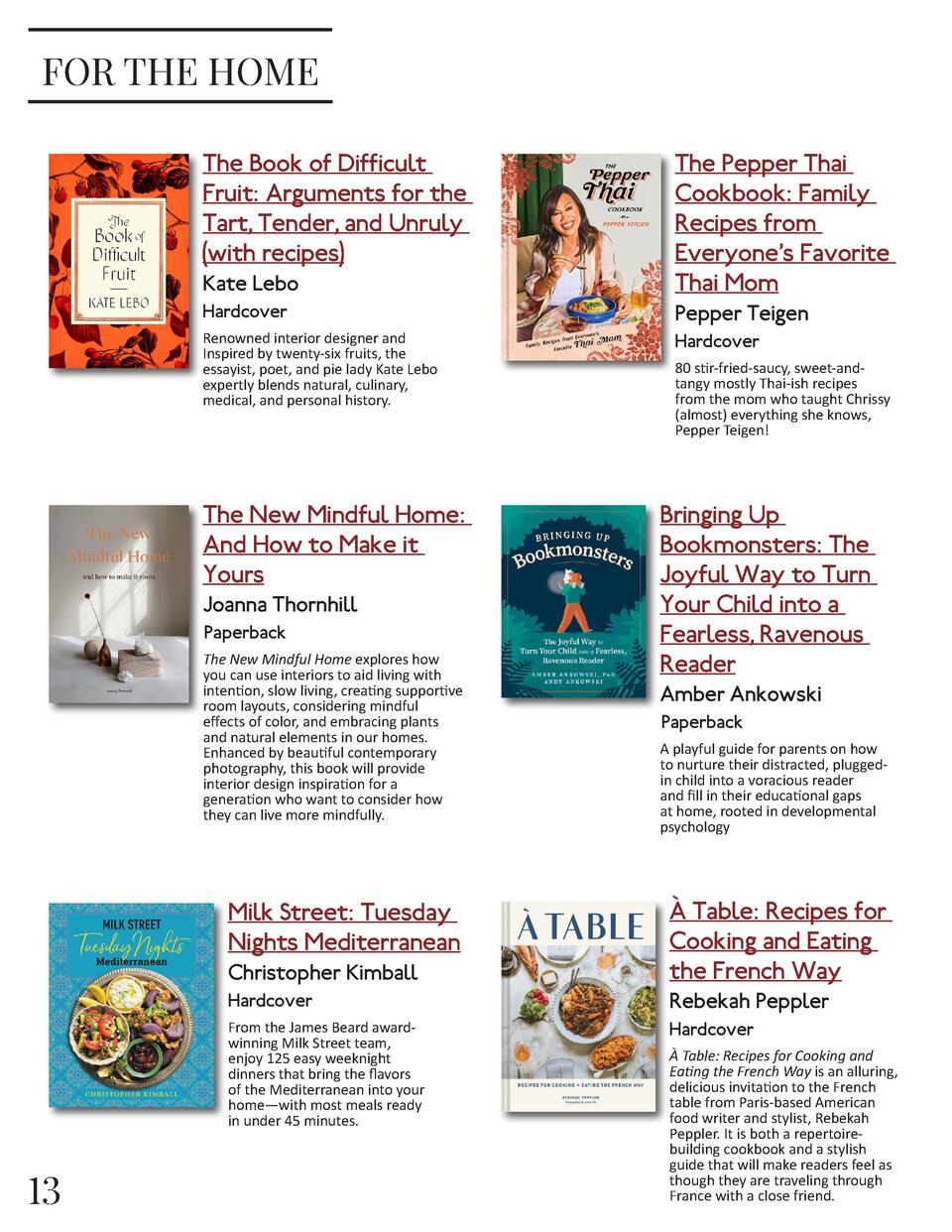

Lebo's unquenchable curiosity leads us to intimate, sensuous, enlightening contemplations. The Book of Difficult Fruit is the very best of food writing: graceful, surprising, and ecstatic. What if the primary way you show love is to bake, but your partner suffers from celiac disease? Why leave in the pits for Willa Cather's Plum Jam? How can we rely on bodies as fragile as the fruits that nourish them? The entries are associative, often poetic, taking unexpected turns and giving sideways insights into life, relationships, self-care, modern medicine, and more. My mothers sister died of breast cancer when she was. In this work of unique invention, these and other difficult fruits serve as the central ingredients of twenty-six lyrical essays (and recipes!) that range from deeply personal to botanical, from culinary to medical, from humorous to philosophical. From The Book of Difficult Fruit, which was published last month by Farrar, Straus and Giroux. The Book of Difficult Fruit Arguments for the Tart, Tender, and Unruly (with Recipes) Farrar, Straus and Giroux 2021 Guest Kate Lebo discusses her newest book, The Book of Difficult Fruit: Arguments for the Tart, Tender, and Unruly with Recipes (Farrar, Straus, and Giroux, 2021). Q is for Quince, which, fresh, gives off the scent of "roses and citrus and rich women's perfume" but if eaten raw is so astringent it wicks the juice from one’s mouth. M is for Medlar, name-checked by Shakespeare for its crude shape, beloved by gardeners for its flowers. D is for Durian, endowed with a dramatic rind and a shifty odor-peaches, old garlic.

Inspired by twenty-six fruits, the essayist, poet, and pie lady Kate Lebo expertly blends natural, culinary, medical, and personal history.Ī is for Aronia, berry member of the apple family, clothes-stainer, superfruit with reputed healing power.


 0 kommentar(er)
0 kommentar(er)
